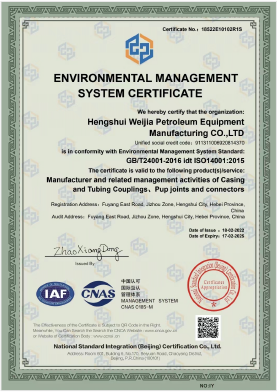- Afrikaans
- Albanian
- Amharic
- Arabic
- Armenian
- Azerbaijani
- Basque
- Belarusian
- Bengali
- Bosnian
- Bulgarian
- Catalan
- Cebuano
- Corsican
- Croatian
- Czech
- Danish
- Dutch
- English
- Esperanto
- Estonian
- Finnish
- French
- Frisian
- Galician
- Georgian
- German
- Greek
- Gujarati
- Haitian Creole
- hausa
- hawaiian
- Hebrew
- Hindi
- Miao
- Hungarian
- Icelandic
- igbo
- Indonesian
- irish
- Italian
- Japanese
- Javanese
- Kannada
- kazakh
- Khmer
- Rwandese
- Korean
- Kurdish
- Kyrgyz
- Lao
- Latin
- Latvian
- Lithuanian
- Luxembourgish
- Macedonian
- Malgashi
- Malay
- Malayalam
- Maltese
- Maori
- Marathi
- Mongolian
- Myanmar
- Nepali
- Norwegian
- Norwegian
- Occitan
- Pashto
- Persian
- Polish
- Portuguese
- Punjabi
- Romanian
- Russian
- Samoan
- Scottish Gaelic
- Serbian
- Sesotho
- Shona
- Sindhi
- Sinhala
- Slovak
- Slovenian
- Somali
- Spanish
- Sundanese
- Swahili
- Swedish
- Tagalog
- Tajik
- Tamil
- Tatar
- Telugu
- Thai
- Turkish
- Turkmen
- Ukrainian
- Urdu
- Uighur
- Uzbek
- Vietnamese
- Welsh
- Bantu
- Yiddish
- Yoruba
- Zulu
what is the difference between casing and tubing?
Casing and tubing are two critical components used in the drilling and production of oil and gas wells, each serving distinct functions within the well structure. Understanding the difference between them is essential for those involved in the petroleum industry, from engineers to field workers.
Casing refers to the series of steel pipes that are installed in the wellbore after drilling has taken place. Its primary purpose is to stabilize the wellbore, providing structural integrity to prevent the collapse of the borehole walls. Casing also serves to protect groundwater aquifers from contamination during the drilling process. It achieves this by creating a barrier that isolates various geological layers, ensuring that fluids do not migrate between them. Casing is typically cemented into place, which provides additional support and further seals off the well from any surrounding formations.
There are various types of casing used in wells, including surface casing, intermediate casing, and production casing, each serving a specific purpose at different depths. Surface casing is usually the first string of casing run and is cemented to the surface, providing the initial protective layer. Intermediate casing is used in deeper zones, while production casing is installed in the section designated for oil or gas extraction, allowing for the efficient flow of hydrocarbons to the surface.
what is the difference between casing and tubing?

On the other hand, tubing is a smaller diameter pipe that is inserted inside the casing once the well is completed. Its main function is to transport the oil or gas from the reservoir to the surface after the extraction process. Tubing is typically much thinner than casing and is designed to withstand high-pressure environments. Unlike casing, tubing is not typically cemented into place, allowing for the possibility of removal and maintenance when needed.
Another key difference is that while casing is essential for drilling and the initial structural support of the well, tubing facilitates the actual production phase. The tubing can be equipped with various downhole tools, such as pumps or valves, to enhance production efficiency. Additionally, the installation and maintenance of tubing are often more straightforward than that of casing.
In summary, casing and tubing are integral components of oil and gas wells, with distinct roles that are both crucial for the successful extraction of resources. Casing provides structural integrity and isolation, while tubing allows for the efficient movement of hydrocarbons from the reservoir to the surface. Understanding these differences is fundamental for anyone engaged in the industry, as it impacts well design, safety, and production efficiency.
-
Tubing Pup Joints: Essential Components for Oil and Gas OperationsNewsJul.10,2025
-
Pup Joints: Essential Components for Reliable Drilling OperationsNewsJul.10,2025
-
Pipe Couplings: Connecting Your World EfficientlyNewsJul.10,2025
-
Mastering Oilfield Operations with Quality Tubing and CasingNewsJul.10,2025
-
High-Quality Casing Couplings for Every NeedNewsJul.10,2025
-
Boost Your Drilling Efficiency with Premium Crossover Tools & Seating NipplesNewsJul.10,2025







